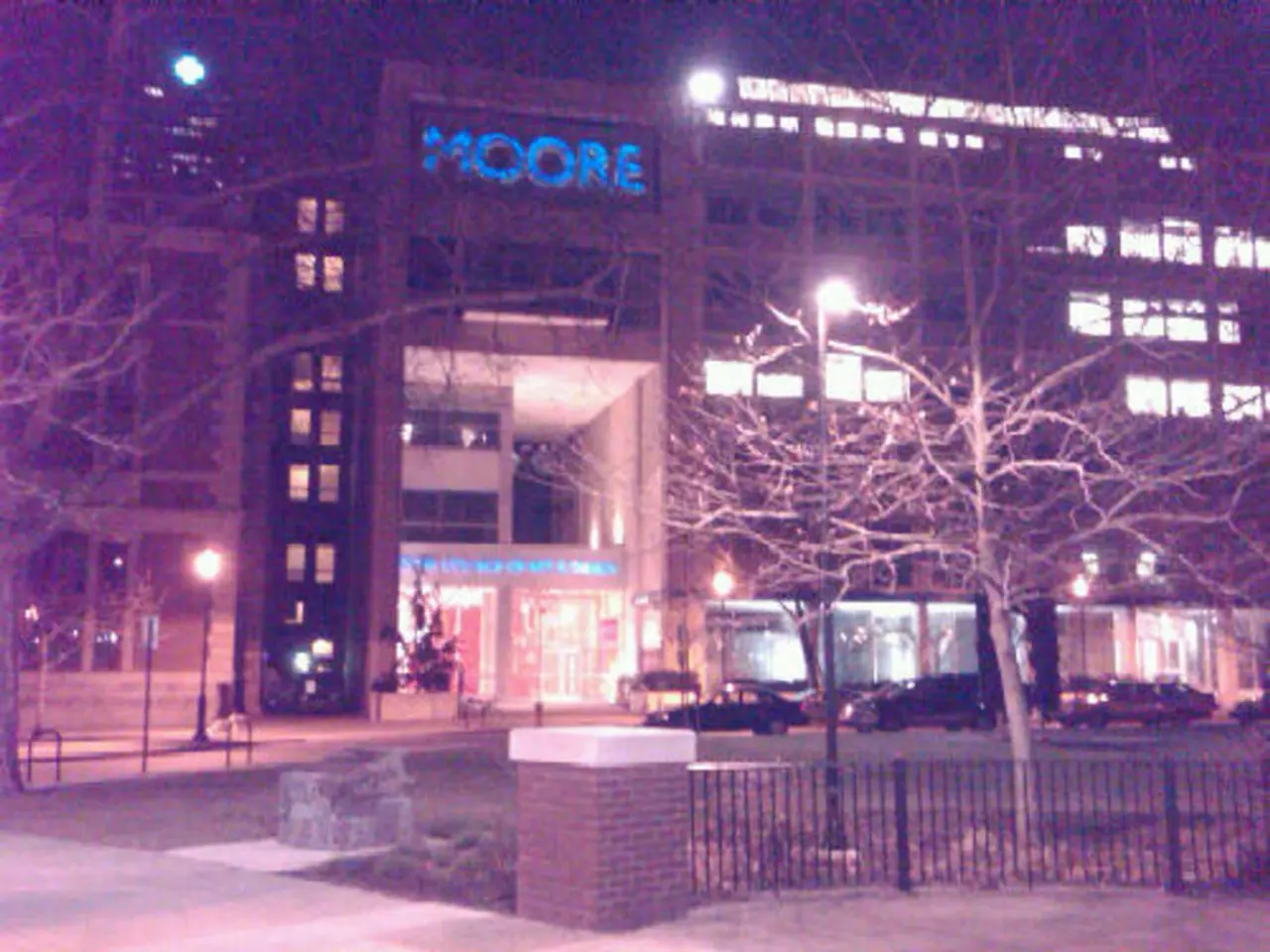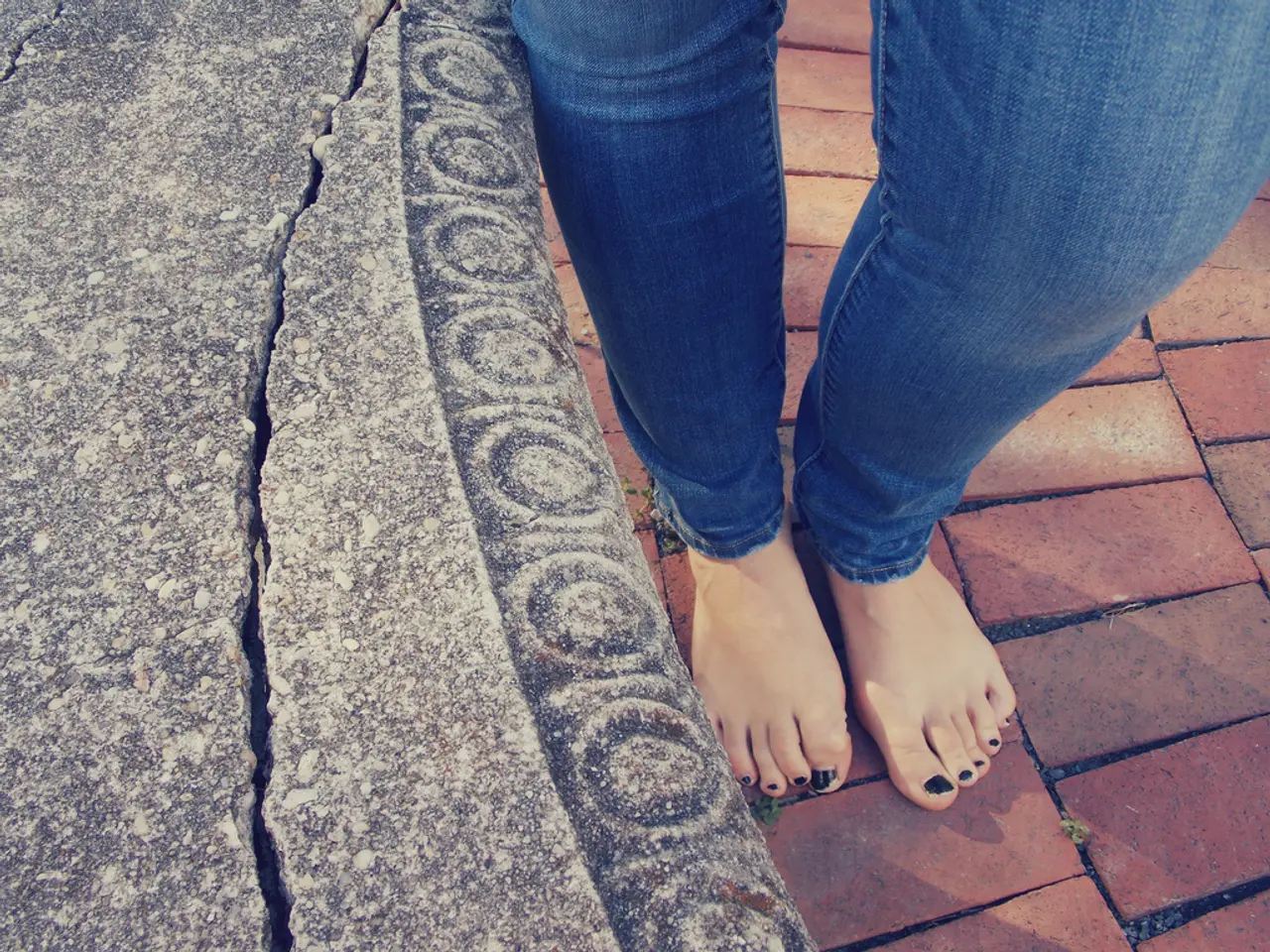Monitoring Space Debris: The Role of the Vigilant Individual
In the vast expanse of space, an increasing concern has emerged: the growing number of objects orbiting Earth, known as space debris. One individual at the forefront of this issue is astrophysicist Sergei Schmalz, who has been working at the Castelgrande Observatory in southern Italy since September 2017, as part of the CastelGauss project.
Schmalz's passion for studying space debris was sparked at the age of 36, after a career in Indology at the University of Mainz was cut short by the introduction of tuition fees. He later studied astrophysics at the Technical University of Berlin while working in Potsdam, and his interest in space debris grew.
Today, Schmalz and his colleagues worldwide measure and catalog space debris, updating their orbits due to gravitational influences and solar wind pressure. There are currently 44,700 pieces of space debris catalogued, with estimates by the European Space Agency suggesting up to 140 million objects in orbit.
The issue of space debris is a pressing one. If nothing is launched into Earth's orbit by 2075, there will be between 20 and 30 collisions per year. If space usage remains at the current level, up to 120 collisions per year are possible by 2075. Each collision multiplies the number of debris and potentially leads to the Kessler Syndrome, where the space closest to Earth becomes unusable due to an excessive concentration of space debris.
Fortunately, regulatory and technological efforts are being made to address this issue. The European Commission has proposed a Space Act, aiming to harmonize national laws across member states and create a unified regulatory framework for space activities. The Act sets binding rules for spacecraft trackability, maneuverability, collision avoidance, and end-of-life disposal.
Agencies like NASA, ESA, and the United Nations Office for Outer Space Affairs emphasize post-mission disposal, passivation, and active debris removal in their guidelines. UNOOSA calls for international cooperation, recognizing debris mitigation as a shared responsibility.
Engineering approaches are also being developed to prevent debris proliferation. These include end-of-life deorbiting mechanisms, collision avoidance systems, passivation, and active debris removal missions. Operators focus on limiting debris released during normal operations, minimizing risks of on-orbit breakups, and ensuring timely post-mission disposal.
The Kessler Syndrome, a runaway cascade of collisions generating exponentially increasing debris, is a potential threat that current regulatory and technological efforts aim to prevent by reducing new debris creation, removing existing large debris, and ensuring universal compliance through coordinated international action.
Schmalz and his colleagues continue their work at the Castelgrande Observatory, collaborating with the Roman company Gauss Srl and Moscow colleagues. Their efforts, along with those of space agencies and private companies worldwide, are crucial in ensuring the long-term sustainability and safety of space operations.
[1] European Commission. (2021). Proposal for a Regulation of the European Parliament and of the Council on the Space Programme (Horizon Europe). Retrieved from https://ec.europa.eu/info/law/better-regulation/have-your-say/initiatives/12722-Regulation-on-the-Space-Programme-Horizon-Europe [2] European Space Agency. (2019). Space Debris. Retrieved from https://www.esa.int/Safety/Debris [3] NASA. (2021). Orbital Debris Program Office. Retrieved from https://orbitaldebris.nasa.gov/ [4] United Nations Office for Outer Space Affairs. (2021). Space Debris Mitigation Guidelines. Retrieved from https://www.unoosa.org/oosa/en/ourwork/spaceapplications/debris/guidelines.html [5] White, R. (2020). The Kessler Syndrome: A Threat to Space Operations. Retrieved from https://www.space.com/21943-kessler-syndrome-threat-space-operations.html
- Astrophysicist Sergei Schmalz, who is a part of the CastelGauss project at the Castelgrande Observatory, initially developed an interest in space debris during his time at the Technical University of Berlin, after studying astrophysics while working in Potsdam.
- The European Commission has proposed the Space Act, a unified regulatory framework for space activities, which aims to harmonize national laws across member states, address concerns related to space debris by setting binding rules for spacecraft trackability, maneuverability, collision avoidance, and end-of-life disposal.
- Agencies such as NASA, ESA, and the United Nations Office for Outer Space Affairs are focusing on engineered solutions to prevent debris proliferation, including end-of-life deorbiting mechanisms, collision avoidance systems, passivation, active debris removal missions, and minimizing risks during normal operations.
- Collaborative efforts between researchers like Schmalz, space agencies, and private companies worldwide are essential in preventing the Kessler Syndrome, a runaway cascade of collisions generating exponentially increasing amounts of space debris, which would make the space closest to Earth virtually unusable.



